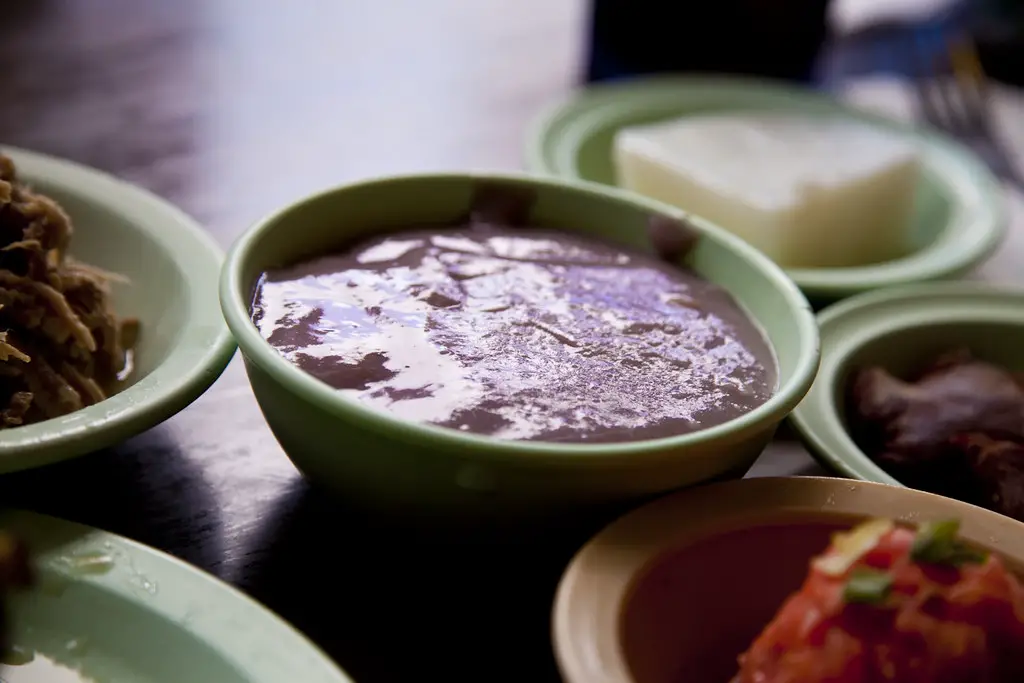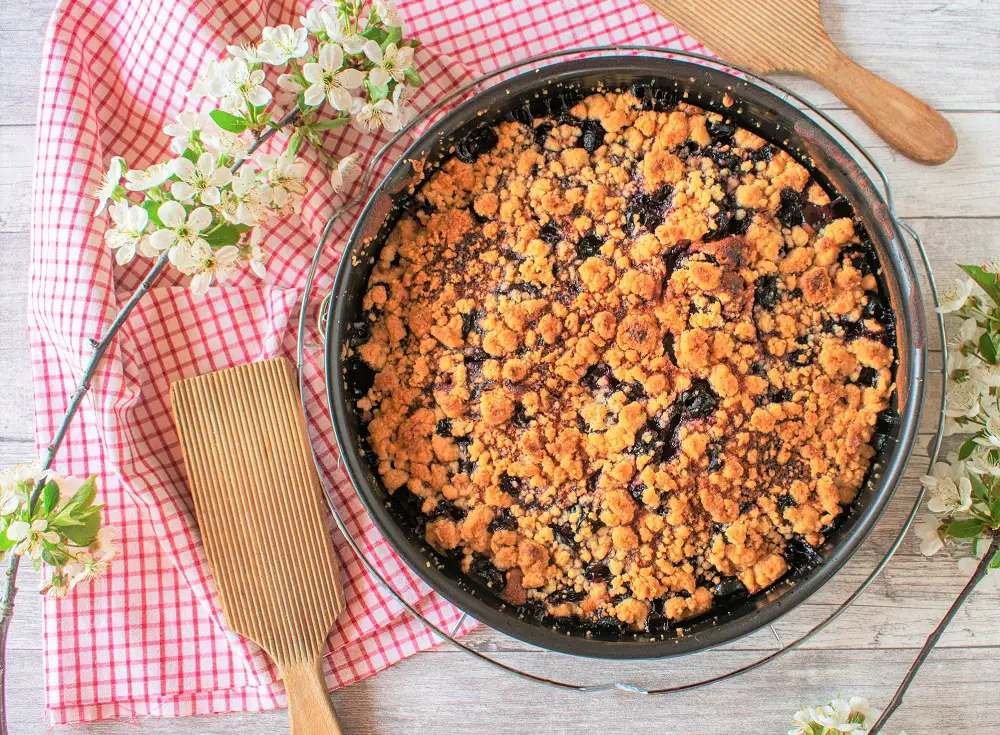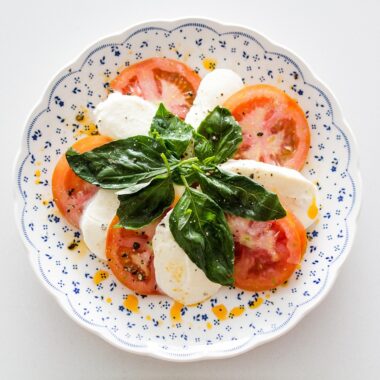Cast iron skillets are beloved for their durability, versatility, and exceptional heat retention. However, to fully enjoy the benefits of a cast iron skillet, it is essential to season it properly.
Seasoning creates a non-stick surface, prevents rust, and enhances the skillet’s performance over time. Here’s a step-by-step guide on how to season your cast iron skillet.
Why Seasoning Matters
Seasoning is the process of coating the skillet with a layer of oil and baking it, which creates a natural, non-stick surface. This process also helps to protect the skillet from rust. Properly seasoned cast iron skillets can last for generations and improve with age, making them a valuable addition to any kitchen.
Materials Needed
Cast iron skillet
Vegetable oil, flaxseed oil, or another high-smoke-point oil
Paper towels or a clean cloth
Aluminum foil
Oven
Step-by-Step Guide to Seasoning
Preheat the Oven: Start by preheating your oven to 450°F (230°C). This high temperature helps the oil to bond effectively with the cast iron surface.
Clean the Skillet: If your skillet is new, wash it with warm, soapy water to remove any factory residue. For an older skillet, scrub it with a brush or sponge to remove any rust or food particles. Dry the skillet thoroughly.
Apply Oil: Pour a small amount of oil onto the skillet. Using a paper towel or a clean cloth, rub the oil all over the skillet, including the handle and the bottom. Make sure to coat the entire surface lightly. Too much oil can create a sticky surface.
Wipe off Excess Oil: Once the skillet is coated, use a clean paper towel to wipe off the excess oil. The skillet should appear shiny but not greasy. Removing the excess oil is crucial to prevent a sticky residue from forming during baking.
Bake the Skillet: Place the skillet upside down on the middle rack of your preheated oven. Putting the skillet upside down allows any excess oil to drip off, preventing pooling. To catch any drips, place a sheet of aluminum foil on the rack below the skillet.
Bake for One Hour: Let the skillet bake for one hour. This process allows the oil to polymerize and form a hard, protective coating on the skillet’s surface.
Cool the Skillet: After an hour, turn off the oven and let the skillet cool inside the oven. This gradual cooling helps to further bond the seasoning layer to the cast iron.
Repeat if Necessary: For a more robust seasoning, you can repeat the oiling and baking process two or three times. This is especially beneficial for new skillets or those that have lost their seasoning.
Maintenance Tips
Regular Use: The more you use your cast iron skillet, the better seasoned it will become.
Cooking with oils and fats regularly helps to maintain and enhance the seasoning.
Avoid Soap: When cleaning your skillet, avoid using soap as it can strip away the seasoning.
Instead, use hot water and a brush or scraper to remove food particles. For stubborn residue, boil water in the skillet to loosen it.
Dry Thoroughly: Always dry your skillet thoroughly after washing to prevent rust. You can place it on a stovetop burner for a few minutes to ensure it is completely dry.
Reapply Oil: After each use and cleaning, apply a light coat of oil to the skillet to maintain the seasoning and protect it from moisture.
Troubleshooting Common Issues
Sticky Surface: If your skillet feels sticky, it means too much oil was used during the seasoning process. Scrub the skillet with hot, soapy water and a brush, then re-season with a thinner coat of oil.
Rust: If you notice rust, scrub it off with a steel wool pad and re-season the skillet. Regular use and proper maintenance will prevent rust from forming in the future.
Flaking Seasoning: Flaking can occur if the skillet wasn’t cleaned properly before seasoning or if too much oil was used. Strip the skillet down to the bare metal using a self-cleaning oven cycle or an oven cleaner, then re-season.
Seasoning a cast iron skillet is a straightforward process that ensures your cookware performs at its best for years to come. By following these steps and maintaining your skillet properly, you’ll create a naturally non-stick surface that enhances the flavor of your food and becomes an indispensable tool in your kitchen. Enjoy the many benefits of cooking with a well-seasoned cast iron skillet, from perfect sears to deliciously baked dishes.
Cooking Tips for Cast Iron Skillets
Using a well-seasoned cast iron skillet opens up a world of culinary possibilities. Here are some tips to make the most of your skillet:
Preheating
Always preheat your cast iron skillet before adding food. This ensures even cooking and helps to prevent sticking. Place the skillet on the stove over medium heat for a few minutes before cooking.
Using Fats
While the seasoning provides a non-stick surface, using fats like oil or butter when cooking can enhance the non-stick properties and add flavor to your dishes. For best results, heat the fat until it shimmers before adding food.
High-Temperature Cooking
Cast iron skillets excel at high-temperature cooking methods, such as searing, frying, and baking. They can withstand the high temperatures of an oven, grill, or stovetop, making them ideal for recipes that require a crispy crust or a caramelized exterior.
Avoiding Acidic Foods
While a well-seasoned skillet can handle some acidic foods like tomatoes or citrus, prolonged exposure can degrade the seasoning. If cooking with acidic ingredients, avoid simmering them for extended periods.
Versatile Use
Cast iron skillets are incredibly versatile and can be used for a variety of cooking methods:
Searing and Sautéing: Achieve a perfect sear on meats or sauté vegetables with a delicious caramelized flavor.
Baking: Use your skillet for baking bread, pies, and cobblers. The even heat distribution ensures perfectly cooked baked goods.
Grilling and Broiling: Cast iron can be used on the grill or under the broiler to create a smoky, charred flavor.
One-Pan Meals: Make hearty one-pan meals by starting on the stovetop and finishing in the oven.
Recipes to Try
To get you started with your newly seasoned skillet, here are a few delicious recipes to try:
Skillet Cornbread
Ingredients:
1 cup cornmeal
1 cup flour
1/4 cup sugar
1 tablespoon baking powder
1/2 teaspoon salt
1 cup buttermilk
2 eggs
1/4 cup melted butter
Instructions:
Preheat the oven to 400°F (200°C).
In a bowl, mix cornmeal, flour, sugar, baking powder, and salt.
In another bowl, whisk together buttermilk, eggs, and melted butter.
Combine wet and dry ingredients, stirring until just combined.
Pour the batter into a preheated, greased cast iron skillet.
Bake for 20-25 minutes or until golden brown and a toothpick comes out clean.
Pan-Seared Steak
Ingredients:
2 ribeye steaks
Salt and pepper
2 tablespoons vegetable oil
2 tablespoons butter
2 garlic cloves, smashed
Fresh rosemary or thyme sprigs
Instructions:
Season steaks generously with salt and pepper.
Preheat the cast iron skillet over high heat.
Add vegetable oil and heat until it shimmers.
Sear the steaks for 3-4 minutes on each side for medium-rare.
Add butter, garlic, and herbs to the skillet.
Spoon the melted butter over the steaks while cooking for another minute.
Let the steaks rest for a few minutes before serving.
Seasoning and maintaining a cast iron skillet might seem like a chore at first, but the rewards are well worth the effort. With proper care, your skillet will become a kitchen workhorse, capable of handling everything from high-heat searing to delicate baking. Embrace the versatility and longevity of cast iron cookware, and enjoy the rich, flavorful results it brings to your meals.
Cleaning and Storing Your Cast Iron Skillet
Proper cleaning and storage are crucial for maintaining the seasoning and longevity of your cast iron skillet. Here’s how to keep your skillet in top condition:
Cleaning
Cool the Skillet: Allow your cast iron skillet to cool down before cleaning. Placing a hot skillet in cold water can cause it to crack.
Use Hot Water: Rinse the skillet with hot water. Avoid using soap, as it can strip away the seasoning. For stubborn food particles, use a scrub brush or a non-abrasive scrubber.
Boil Water for Stuck-On Food: If food is stuck on, fill the skillet with water and bring it to a boil. The boiling water will loosen the particles, making them easier to remove.
Dry Thoroughly: Dry the skillet immediately and thoroughly with a towel to prevent rust. You can also place the skillet on a stovetop burner over low heat to ensure it’s completely dry.
Apply a Thin Layer of Oil: Once dry, apply a thin layer of oil to the entire skillet, including the handle and bottom. This helps maintain the seasoning and protects the skillet from moisture.
Storing
Store in a Dry Place: Store your cast iron skillet in a dry place to prevent rust. If you stack it with other cookware, place a paper towel or cloth between the pans to protect the seasoning.
Avoid Humid Environments: Keep the skillet away from humid environments, as moisture can lead to rust.
Regular Use: Using your cast iron skillet regularly helps maintain its seasoning. The more you cook with it, the better the non-stick surface will become.
Restoring a Rusty or Unseasoned Skillet
If your cast iron skillet has lost its seasoning or has developed rust, don’t worry—it can be restored with a bit of effort.
Removing Rust
Scrub with Steel Wool: Use steel wool to scrub away the rust. You can use a small amount of mild dish soap if necessary. Rinse thoroughly with hot water.
Dry Completely: Dry the skillet immediately and thoroughly to prevent further rusting.
Re-season: Follow the seasoning steps outlined earlier to restore the non-stick surface and protect the skillet.
Stripping and Re-seasoning
If the skillet has a thick buildup of old seasoning or food residue, you may need to strip it down to the bare metal and start fresh.
Oven Cleaner Method: Spray the skillet with oven cleaner, place it in a plastic bag, and let it sit for 24 hours. This will strip away the old seasoning. Rinse thoroughly and dry completely.
Self-Cleaning Oven: Place the skillet upside down in your oven and run a self-cleaning cycle. This will burn off the old seasoning. Let the skillet cool, then rinse and dry thoroughly.
Re-season: Follow the seasoning steps to apply a fresh layer of oil and bake it onto the skillet.
Frequently Asked Questions
Can I use soap on my cast iron skillet?
Using a small amount of mild dish soap occasionally is fine, but avoid regular use as it can strip away the seasoning. It’s best to clean your skillet with hot water and a scrub brush.
What oils are best for seasoning?
Vegetable oil, flaxseed oil, and grapeseed oil are popular choices due to their high smoke points and neutral flavors. Flaxseed oil is often recommended for its ability to create a hard, durable coating.
How often should I season my skillet?
Regular use and proper maintenance will keep your skillet seasoned. If you notice food starting to stick or the skillet looking dull, it’s a good idea to re-season it. Some people season their skillets every few months, while others find once or twice a year sufficient.
Can I use my cast iron skillet on a glass stovetop?
Yes, but be cautious. Cast iron is heavy and can scratch or damage glass stovetops. Lift the skillet rather than sliding it, and be gentle when placing it on the stovetop.
Caring for a cast iron skillet is an investment in a piece of cookware that can last a lifetime. By seasoning, cleaning, and maintaining your skillet properly, you ensure it will deliver exceptional cooking performance and delicious results for years to come. Whether you’re a novice cook or a seasoned chef, mastering the art of cast iron care will elevate your culinary skills and enhance your kitchen experience.


















